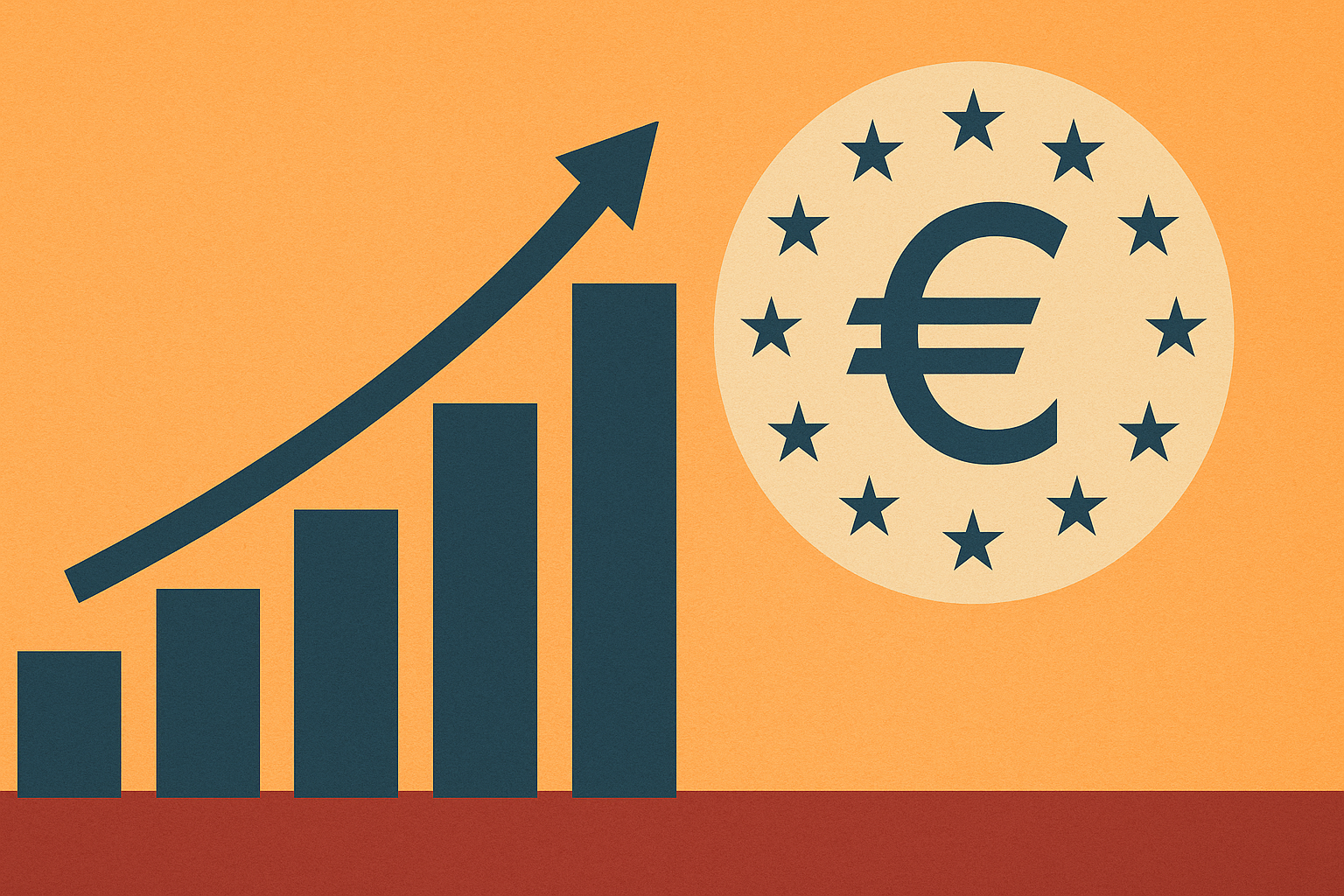The Eurozone economy posted a modest yet stronger-than-expected 0.2% expansion in the third quarter, buoyed by a robust performance from France that offset stagnation in Germany and Italy. The growth figure surpassed economists’ forecasts of 0.1% in a poll by LSEG, signaling cautious optimism for the bloc amid persistent economic headwinds.
France Leads the Way
According to data released by France’s national statistics agency, Insee, the country’s economy — the second largest in the Eurozone — grew by 0.5% between July and September. This marks France’s fastest quarterly growth since 2023, driven by stronger domestic demand and export performance, despite recent political uncertainty.
The French rebound provided a crucial boost to overall Eurozone output, helping the region avoid another quarter of near-zero growth.
Germany and Italy Flatline
In contrast, Germany and Italy, the bloc’s first- and third-largest economies, recorded no growth in the same period. Germany, in particular, continues to struggle with prolonged industrial weakness and sluggish consumer spending.
While the country has narrowly avoided a technical recession, it has now endured 14 consecutive quarters of low, zero, or negative growth — a period stretching back to Russia’s full-scale invasion of Ukraine in 2022.
However, analysts see some signs of improvement ahead. Robin Winkler, economist at Deutsche Bank, said Germany’s outlook for the fourth quarter looks “better”, citing Chancellor Friedrich Merz’s increased public spending on defence and infrastructure as well as new corporate tax incentives introduced in July that are beginning to take effect.
Policy Stability from the ECB
The European Central Bank (ECB) is expected to hold interest rates steady at 2% for a third consecutive meeting when it announces its latest monetary policy decision later on Thursday. Policymakers have signaled a cautious approach, balancing the need to control inflation with concerns over weakening growth across the bloc.
Market Reaction
Following the release of the data, the euro traded flat against the dollar at $1.162, up 0.2% on the day, reflecting investor confidence in the bloc’s short-term resilience.
Outlook
Economists say the modest expansion highlights the Eurozone’s fragile but persistent recovery, underpinned by resilience in France and improving investment momentum in Germany. Yet, continued stagnation in major economies and tight financial conditions could limit growth in the months ahead.
For now, the third-quarter figures offer a welcome reprieve — a signal that Europe’s economy, though sluggish, remains afloat amid a challenging global landscape.








